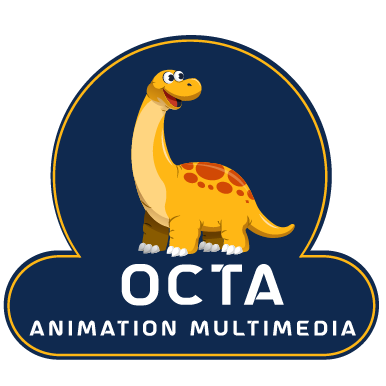Game design plays a significant role in the animation industry, offering a unique perspective on storytelling, interactivity, and audience engagement. Here’s why game design is important in the animation industry and its scope in the real world:
Interactive Storytelling
Game design principles are instrumental in creating interactive narratives in animated content. By incorporating branching storylines, player choices, and interactive elements, animators can engage audiences in immersive storytelling experiences that allow for greater viewer participation and agency.
Engaging Audience Interaction
Animation projects that integrate game design elements can foster deeper engagement with audiences. Interactive animated experiences, such as interactive webisodes, mobile apps, or virtual reality (VR) experiences, enable viewers to actively participate in the narrative, explore virtual worlds, and interact with animated characters in meaningful ways.
Transmedia Experiences
Game design principles facilitate the development of transmedia properties that span across multiple platforms and mediums. By creating animated content that ties into video games, mobile apps, comic books, and other media formats, animators can extend the reach of their storytelling and engage audiences across diverse channels.
Emerging Technologies
Game design intersects with emerging technologies such as augmented reality (AR), virtual reality (VR), and mixed reality (MR), opening new possibilities for animated experiences. Animators can leverage game design principles to create immersive VR environments, AR storytelling experiences, and interactive MR installations that push the boundaries of traditional animation.
Educational and Training Content
Animation projects that incorporate game design elements are valuable for educational and training purposes. Interactive educational animations, serious games, and training simulations use game mechanics and interactivity to teach complex concepts, reinforce learning objectives, and provide hands-on training experiences in fields such as healthcare, engineering, and safety training.
Marketing and Branding
Game design principles are utilized in animated content for marketing and branding purposes. Animated advertisements, branded games, and interactive marketing campaigns leverage game mechanics and engaging storytelling to promote products, build brand awareness, and connect with consumers in memorable ways.
Entertainment Industry Collaboration
The animation industry collaborates with the video game industry to create crossover content that appeals to both audiences. Animated adaptations of popular video game franchises, animated series based on game worlds, and animated cutscenes in video games demonstrate the synergy between animation and game design in the entertainment industry.
Cross-Disciplinary Collaboration
Game design principles encourage collaboration between animators, game developers, writers, designers, and other creative professionals. By integrating expertise from diverse disciplines, animation projects can benefit from innovative ideas, multidimensional storytelling, and cross-platform distribution strategies that enhance their impact and reach.
In summary, game design plays a crucial role in the animation industry, offering opportunities to create interactive storytelling experiences, engage audiences across diverse platforms, and collaborate with other creative industries. By integrating game design principles into animated content, animators can push the boundaries of traditional animation, embrace emerging technologies, and deliver immersive experiences that resonate with audiences in the real world.
Note: OCTA Animation Multimedia Offers a special course for Game Designing. Please contact OCTA Animation Multimedia for more information.

